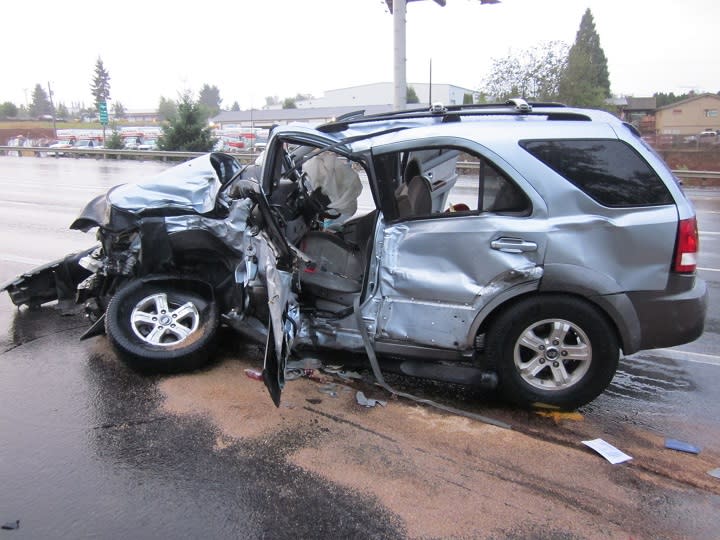Traffic Fatalities Declined Last Year, But NHTSA Predicts Increase For 2015
Traffic deaths were down slightly in 2014 compared with the previous year. However, fatalities rose in the first six months of this year, and the fatality estimate for 2015 is considerably higher than last year’s totals, according to a recent announcement from the Department of Transportation's National Highway Traffic Safety Administration (NHTSA).
NHTSA’s Fatal Analysis Reporting System (FARS) figures for 2014 show 32,675 people died in motor vehicle crashes in 2014, a decrease of 0.1% from the previous year. This represents a record low of 1.07 deaths per 100 million vehicle miles traveled. But the fatality estimate for the first six months of 2015 is up 8.1% from the same period last year, and while NHTSA warns that partial-year estimates are subject to revision, the estimate indicates a reversal of a downward trend.

NHTSA has recently introduced several safety initiatives, including efforts to speed technology innovations that can improve safety and to confront the issue of drowsy driving. A series of regional meetings have been scheduled across the U.S. for early next year, followed by a nationwide gathering in Washington, to discuss ideas, engage new partners, and look for new approaches to combating drunk, drugged, distracted and drowsy driving; speeding; and failure to use safety features such as seat belts and child seats. The meetings will also address the protection of pedestrians and cyclists.
FARS data show that while overall road deaths declined only slightly in 2014, it was the safest year on record for passenger-vehicle occupants: 21,022 people died in vehicles on U.S. roads in 2014, the lowest number since FARS began collecting data in 1975. Cyclist deaths also declined, by 2.3%, but the number of pedestrians killed rose by 3.1% from 2013. Deaths in drunk-driving crashes continue to represent roughly one-third of fatalities; approximately half (49%) of all vehicle occupants killed were not wearing seat belts; deaths of motorcyclists without helmets remained far higher in states without strong helmet laws; and speeding was a factor in more than 25% of all vehicular fatalities. NHTSA estimates that 94% of all vehicle crashes are caused by a human factor, while vehicle-related factors are the critical reason for only 2% of crashes.
Other key findings from 2014 NHTSA data include:
Distracted driving accounted for 3,179 fatalities—10% of the total for 2014
Drowsy driving accounted for 846 fatalities—2.6% of the total for 2014
While final 2015 numbers and a breakdown of factors in the year's fatalities will not be available until next year, NHTSA experts noted that job growth and low fuel prices could lead to increased driving overall, increased leisure driving, and increased driving by young people—all of which could conduce to higher fatality rates.
Abstract:
Fatalities rose in the first six months of this year, and the fatality estimate for 2015 is considerably higher than last year’s totals, according to a recent announcement from the Department of Transportation's National Highway Traffic Safety Administration (NHTSA).

 Yahoo Finance
Yahoo Finance 
